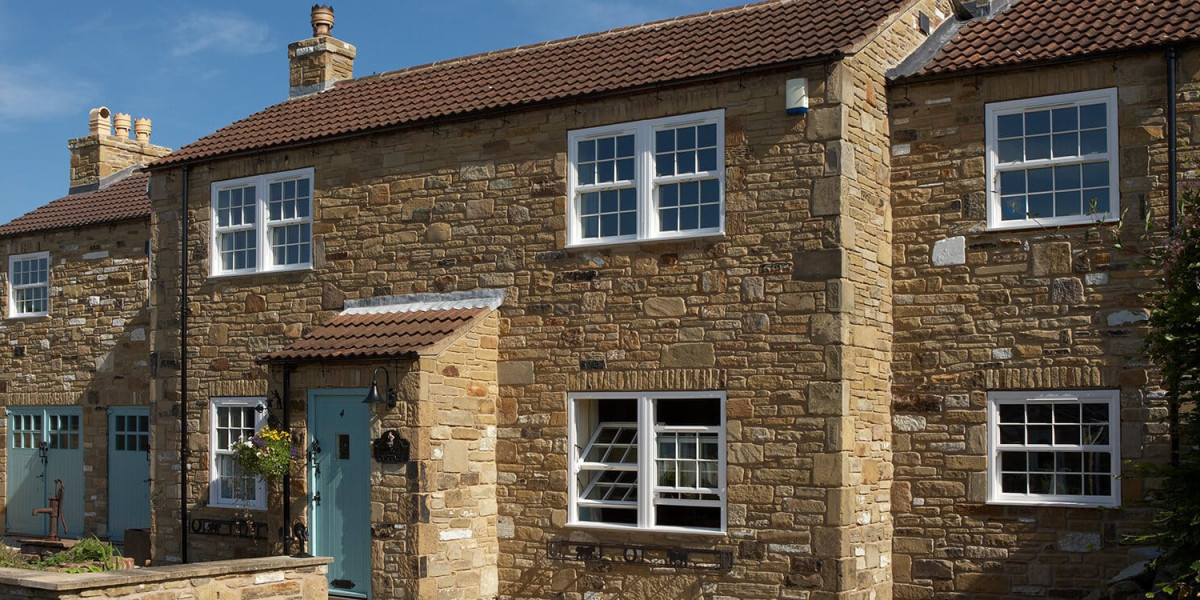Light Detection and Ranging (LiDAR) is a remote sensing technology that uses laser light to measure distances and generate precise, three-dimensional information about the shape and surface characteristics of the Earth. Lidar In mapping Industry applications, LiDAR has revolutionized how topographical data is collected, offering accuracy, efficiency, and the ability to penetrate vegetation canopies. It is now a cornerstone in industries like urban planning, environmental monitoring, forestry, archaeology, and infrastructure development.
What is LiDAR?
LiDAR works by emitting rapid laser pulses toward a target surface and measuring the time it takes for the pulses to return. These pulses reflect off objects such as buildings, trees, and terrain, and the collected data is then processed to create detailed 3D models or elevation maps. LiDAR systems are commonly mounted on aircraft (aerial LiDAR), drones (UAV LiDAR), or ground-based vehicles (terrestrial LiDAR) depending on the specific use case.
Key Components of a LiDAR System
Laser Scanner: Emits the laser pulses used for scanning the target area.
GPS Receiver: Provides accurate geographic coordinates of the sensor.
Inertial Measurement Unit (IMU): Records the orientation and motion of the sensor during data acquisition.
Data Processing Software: Converts raw data into usable 3D models and maps.
Advantages of LiDAR in Mapping
High Accuracy and Resolution: Produces detailed 3D models with centimeter-level precision.
Speed and Efficiency: Capable of collecting large volumes of data quickly across vast areas.
Vegetation Penetration: Can detect ground surfaces beneath forest canopies, which is especially valuable in forestry and archaeology.
Day and Night Operation: Functions independently of sunlight, allowing 24-hour data collection.
Minimal Human Intervention: Automated data acquisition reduces human error and labor costs.
Applications of LiDAR in Mapping
Topographic Mapping
LiDAR is widely used to produce high-resolution Digital Elevation Models (DEMs) and Digital Terrain Models (DTMs) for geographic and planning purposes.Urban Planning and Infrastructure Development
City planners use LiDAR to model urban environments, design transportation networks, and assess flood zones and drainage systems.Forestry and Vegetation Analysis
Foresters utilize LiDAR to estimate tree height, canopy structure, biomass, and terrain models in dense forest areas.Archaeology
LiDAR has revealed previously undiscovered ancient structures and settlement patterns hidden beneath dense vegetation.Disaster Management and Risk Assessment
LiDAR aids in mapping areas prone to landslides, earthquakes, or floods, helping with early warning and mitigation strategies.Mining and Geological Surveys
Used to analyze terrain shifts, map mineral-rich areas, and monitor excavation sites.Coastal Zone Mapping
Helps in analyzing shorelines, beach erosion, and habitat monitoring along coastlines.
Types of LiDAR Used in Mapping
Aerial LiDAR: Deployed on airplanes or helicopters for mapping large or inaccessible areas.
Terrestrial LiDAR: Ground-based systems used for detailed surveys of infrastructure or terrain.
Mobile LiDAR: Mounted on moving vehicles to scan roadways and urban environments.
Bathymetric LiDAR: Specialized systems using green laser pulses to measure underwater terrain in shallow coastal or riverine areas.
Market Trends and Innovations
Integration with UAVs: Drones equipped with lightweight LiDAR sensors are becoming more common for quick and cost-effective mapping.
AI and Machine Learning: Enhances point cloud data classification and feature extraction.
Real-Time Processing: Onboard processors and edge computing allow for faster data analysis.
Cloud-Based Data Management: Facilitates easy sharing, collaboration, and remote processing of LiDAR data.
Miniaturization: Smaller, more affordable LiDAR sensors are increasing accessibility for small businesses and academic research.
Challenges
High Initial Cost: Equipment and data processing software can be expensive.
Data Volume and Processing: LiDAR generates large datasets requiring significant storage and computing power.
Weather Limitations: Heavy rain or fog can affect laser performance and accuracy.
Specialized Expertise Required: Skilled operators and analysts are needed for accurate data interpretation.
Future Outlook
The future of LiDAR in mapping is promising, with expanding applications across smart cities, autonomous vehicles, precision agriculture, and climate change research. As LiDAR sensors become more affordable and integrated with AI and real-time processing technologies, the demand for accurate, high-resolution mapping solutions will continue to grow. LiDAR’s role as a foundation for advanced geospatial intelligence is solidifying, making it an indispensable tool for modern mapping.
Read More









